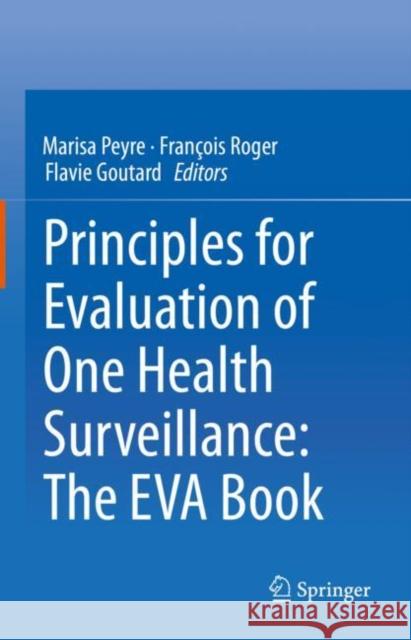Principles for Evaluation of One Health Surveillance: The Eva Book » książka
topmenu
Principles for Evaluation of One Health Surveillance: The Eva Book
ISBN-13: 9783030827267 / Angielski / Twarda / 2022
Principles for Evaluation of One Health Surveillance: The Eva Book
ISBN-13: 9783030827267 / Angielski / Twarda / 2022
cena 603,81
(netto: 575,06 VAT: 5%)
Najniższa cena z 30 dni: 578,30
(netto: 575,06 VAT: 5%)
Najniższa cena z 30 dni: 578,30
Termin realizacji zamówienia:
ok. 22 dni roboczych
Dostawa w 2026 r.
ok. 22 dni roboczych
Dostawa w 2026 r.
Darmowa dostawa!
Kategorie BISAC:
Wydawca:
Springer
Język:
Angielski
ISBN-13:
9783030827267
Rok wydania:
2022
Wydanie:
2022
Oprawa:
Twarda
Wolumenów:
01











